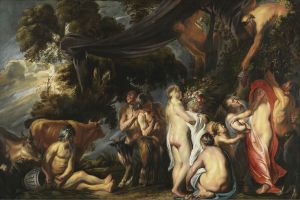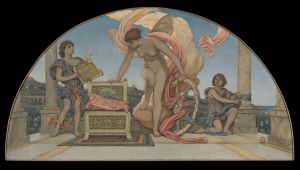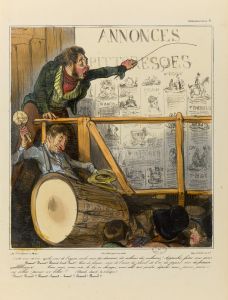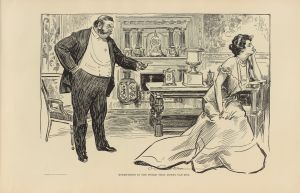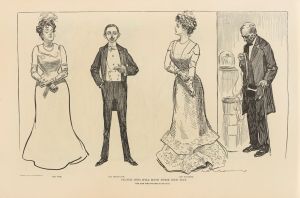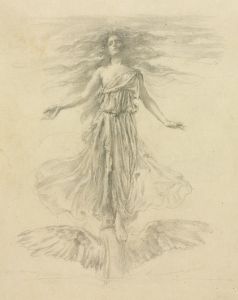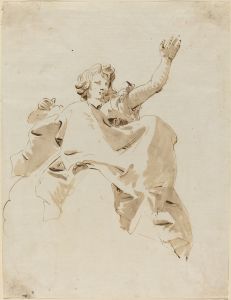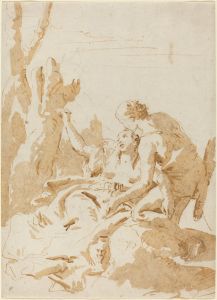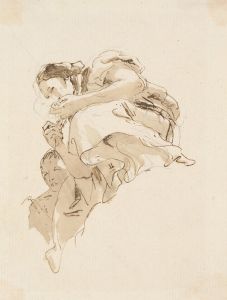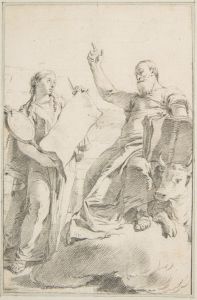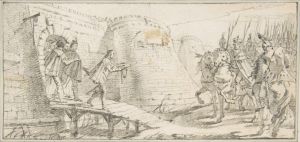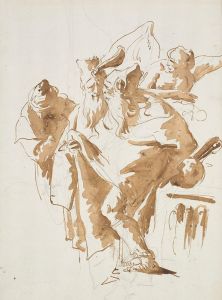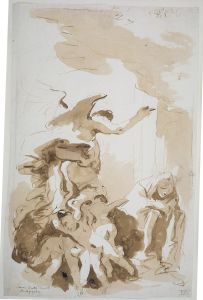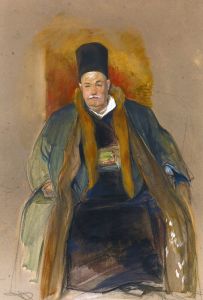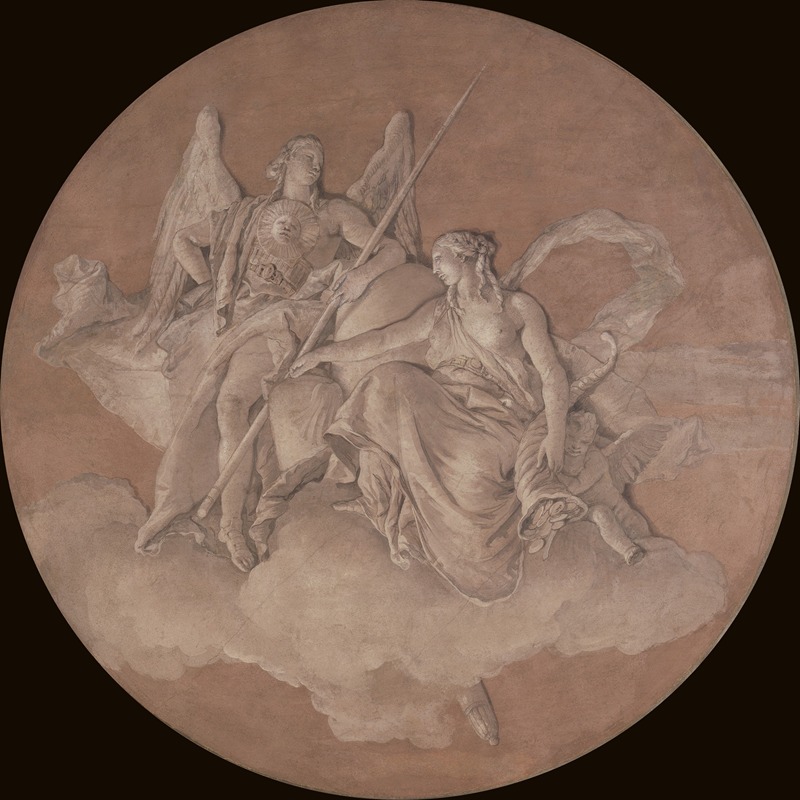
Allegorical Figures Representing Virtue and Abundance
A hand-painted replica of Giovanni Battista Tiepolo’s masterpiece Allegorical Figures Representing Virtue and Abundance, meticulously crafted by professional artists to capture the true essence of the original. Each piece is created with museum-quality canvas and rare mineral pigments, carefully painted by experienced artists with delicate brushstrokes and rich, layered colors to perfectly recreate the texture of the original artwork. Unlike machine-printed reproductions, this hand-painted version brings the painting to life, infused with the artist’s emotions and skill in every stroke. Whether for personal collection or home decoration, it instantly elevates the artistic atmosphere of any space.
Giovanni Battista Tiepolo, an Italian painter of the 18th century, is renowned for his grand and imaginative frescoes and oil paintings. Among his notable works is "Allegorical Figures Representing Virtue and Abundance," a painting that exemplifies his mastery in the Rococo style, characterized by its lightness, elegance, and exuberant use of color.
Tiepolo was born in Venice in 1696 and became one of the most prominent painters of his time, known for his ability to create dynamic compositions filled with movement and drama. His work often featured historical, religious, and mythological themes, rendered with a distinct flair that captured the imagination of his contemporaries and patrons.
"Allegorical Figures Representing Virtue and Abundance" is a testament to Tiepolo's skill in allegorical representation, a common practice in the art of his era. Allegory, in art, is a symbolic representation that conveys deeper meanings and messages through figures and imagery. In this painting, Tiepolo uses personifications of abstract concepts—Virtue and Abundance—to communicate ideas that were highly valued in the 18th century.
The painting likely features Virtue as a noble and serene figure, often depicted with attributes such as a laurel wreath or a sword, symbolizing moral excellence and strength. Abundance, on the other hand, might be portrayed as a bountiful and generous figure, possibly holding a cornucopia or surrounded by symbols of prosperity like fruits and flowers. These figures are typically set against a backdrop that enhances their symbolic meanings, using light and color to create a sense of harmony and balance.
Tiepolo's use of color and light is particularly noteworthy. His palette often includes soft pastels and bright hues, which he uses to create a sense of airiness and movement. The figures in his paintings are usually depicted with graceful, flowing lines, contributing to the overall dynamism of the composition. This technique is evident in "Allegorical Figures Representing Virtue and Abundance," where the interplay of light and shadow adds depth and dimension to the allegorical figures.
The painting reflects the cultural and philosophical ideals of the Enlightenment, a period that emphasized reason, science, and the pursuit of knowledge. Virtue and Abundance were considered essential qualities for the betterment of society, and their representation in art served as a reminder of these values. Tiepolo's work, therefore, not only showcases his artistic talent but also engages with the intellectual currents of his time.
Tiepolo's influence extended beyond Italy, as his works were sought after by patrons across Europe. His ability to convey complex themes through allegory and his distinctive style made him a pivotal figure in the transition from the Baroque to the Rococo period. "Allegorical Figures Representing Virtue and Abundance" is an example of how Tiepolo's art transcended mere decoration, offering viewers a glimpse into the ideals and aspirations of the 18th century.
In summary, Giovanni Battista Tiepolo's "Allegorical Figures Representing Virtue and Abundance" is a significant work that captures the essence of Rococo art through its elegant composition, vibrant color palette, and symbolic depth. It stands as a testament to Tiepolo's artistic genius and his ability to convey profound philosophical ideas through the medium of painting.





